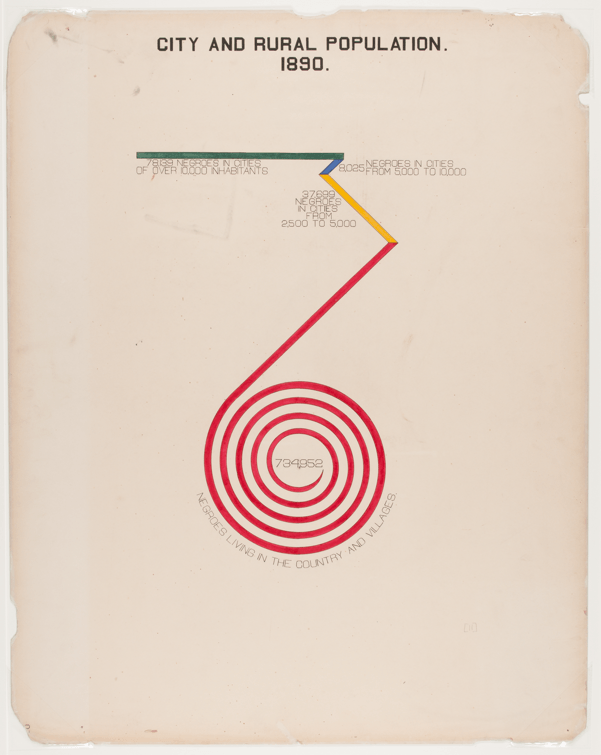Overview


DuBois, W.E.B.. “Occupations of Negroes and Whites in Georgia” Tableu. https://www.tableau.com/about/blog/2019/2/how-web-du-bois-used-data-visualization-confront-prejudice-early-20th-century
This reading list is designed to explore the relationship between statistics and social justice issues. You may find this useful if you are a statistics instructor interested in integrating social justice issues into your curriculum; if you are a statistics student who would like to learn more about the history and use of statistics from a social justice perspective; if you use quantitative methods and want to understand more about their evolution; or if you’re just interested in these issues and want to learn more. The list is divided among three primary topics:
- The history of statistics and the evolution of quantitative methods. Readings explore the ways in which both the development of statistical techniques as well as the application of these techniques intersect with issues of social justice.
- Contemporary issues of social justice and their relationship with quantitative methods. Readings explore more current examples of the ways statistical techniques are being used or misused and how this usage relates to both the promotion of social justice issues as well as the perpetration of social injustice.
- Future directions for the development and application of quantitative methods. Readings explore ways that both applied and methodological researchers, as well as audiences of quantitative research and results, may engage with statistical techniques in ways that are more sensitive to various social justice issues.
In addition, resources for educators are provided, including data sources for use in statistics classes as well as articles discussing the pedagogy of statistics education and example lesson plans and suggestions.